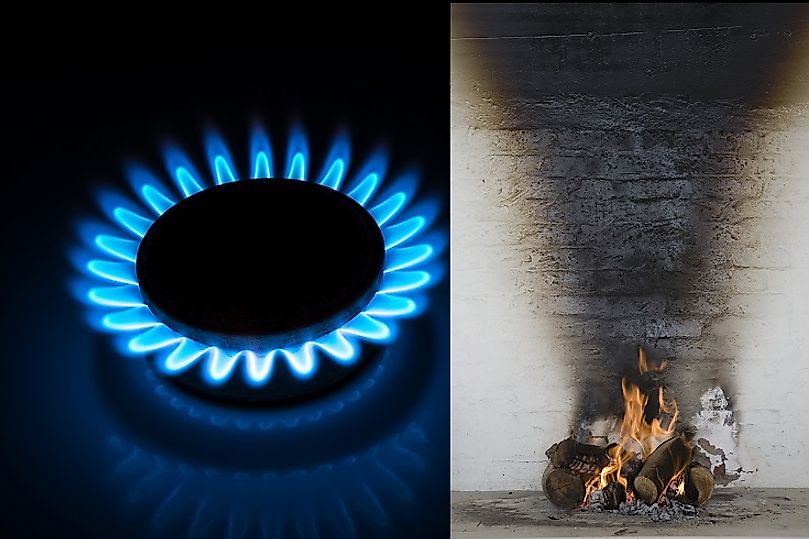What Is Thermoeconomics?

Thermoeconomics is defined as the application of thermodynamic principles to economics, as well as the application of principles of economics to the efficient design of engineering and industrial processes. Thermoeconomics analyses the power generation economics from the exergetic point of view, wherein exergy is available work energy. Thermoeconomics is based on the assumption that energy is the only rational basis for constructing a costing function. Thermoeconomics applies the procedures of Engineering Accounting to operating parameters and exergy efficiency and pricing of the specific energy content of a stream. Thermoeconomics, therefore, is a valuable tool in the assessment of industrial processes and production cycles.
History of Thermoeconomics
The idea of linking energy and cost flows was first explored following the Second World War by Benedict and other American lecturers and economic theorists, but was largely rejected until the early 1980s. In the 1960s, independent researchers suggested the joint application of exergy analysis and engineering economics which focused on formulating the interaction between cost and efficiency. The terms ‘exergoeconomics’ in Europe and ‘thermoeconomics’ in the United States were used interchangeably as having the same meaning. The term thermoeconomics was used by Professor Myron Tribus in his lectures and the relationship between cost and energy was developed during a study of the desalinization process where money flow, fuel cost, and operation costs were associated with the exergy of each stream.
Vigorous application of thermoeconomics to the analysis, optimization, and design of thermal systems began in the 1980s. More research was conducted and materials on thermoeconomics published and theories introduced. One of such theories includes The Theory of Exergy cost. Conferences and meetings were held on Efficiency, Cost, Optimization, and Simulation of Exergy Systems. Initiatives such as the CGAM project in 1993 showed how various procedures could be applied to solving the predefined problem of the gas turbine cycle. The TADEUS project was commenced in 2001 with the aim of applying the diverse processes from a variety of researchers in the thermoeconomic analysis to detect the energy system malfunctions and inefficiencies.
Practical Applications of Thermoeconomics
Thermoeconomics has been used in industrial ecology with the aim of transforming the linear industrial processes into closed loop systems that resemble natural ecosystems. This application is aimed at developing sustainable industrial systems where waste treatment is handled efficiently and cost effectively. Thermoeconomics has also been used in the identification of inefficiencies and potential for energy saving in single production plants.
Relevance of Thermoeconomics
Thermoeconomics is a versatile concept which allows for its implementation in complex systems by providing a systematic and general approach for the analysis of design systems. Being an exergy-aided cost reduction method, thermoeconomics gives information for designing cost effective energy conversion plants. Design evaluation and optimization is also made possible therefore improvements can be made through various thermoeconomic approaches. Thermoeconomics provides the designers with information regarding the cost formation process, as well as the interactions among thermodynamics and economics and among the various plant components, all of which are important for improvement of energy system designs.
Examples of the use of Thermoeconomics in the Marketplace
Thermoeconomics has been used in the analysis of fuel decarbonization and carbon dioxide separation plants, and consequently in the reduction of environmental impacts resulting from increased concentrations of global greenhouse gas emissions which are widely held as being responsible for global warming. Thermoeconomics is, therefore, a practical process which if applied would give positive results ranging from sustainable and environmentally friendly industrial processes to cost effective means of energy use.











